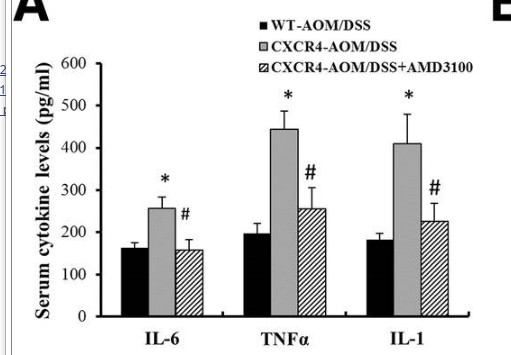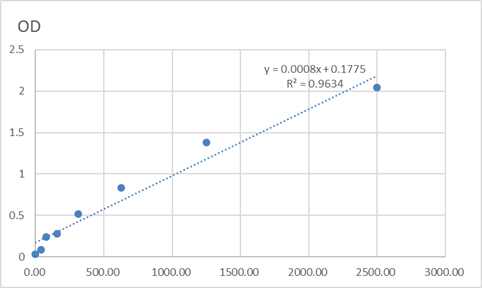Total UBR5 Cell-Based Colorimetric ELISA Kit
- 货号:KA3404C
- 应用:ELISA
- 种属:Human;Mouse
- 其他名称:
- E3 ubiquitin-protein ligase UBR5 (EC 6.3.2.-) (E3 ubiquitin-protein ligase, HECT domain-containing 1) (Hyperplastic discs protein homolog) (hHYD) (Progestin-induced protein)
- 背景:
- function:E3 ubiquitin-protein ligase which is a component of the N-end rule pathway. Recognizes and binds to proteins bearing specific amino-terminal residues that are destabilizing according to the N-end rule, leading to their ubiquitination and subsequent degradation (By similarity). May be involved in maturation and/or transcriptional regulation of mRNA. May play a role in control of cell cycle progression. May have tumor suppressor function. Regulates DNA topoisomerase II binding protein (TopBP1) in the DNA damage response. Plays an essential role in extraembryonic development.,miscellaneous:A cysteine residue is required for ubiquitin-thioester formation.,pathway:Protein modification; protein ubiquitination.,PTM:Phosphorylated upon DNA damage, probably by ATM or ATR.,similarity:Contains 1 HECT (E6AP-type E3 ubiquitin-protein ligase) domain.,similarity:Contains 1 PABC domain.,similarity:Contains 1 UBR-type zinc finger.,subunit:Binds TOPBP1.,tissue specificity:Widely expressed. Most abundant in testis and expressed at high levels in brain, pituitary and kidney.,
- 功能:
- proteolysis, ubiquitin-dependent protein catabolic process, response to DNA damage stimulus, intracellular signaling cascade, cell proliferation, macromolecule catabolic process, modification-dependent protein catabolic process, protein catabolic process, steroid hormone receptor signaling pathway, intracellular receptor-mediated signaling pathway,cellular response to stress, modification-dependent macromolecule catabolic process, cellular protein catabolic process, cellular macromolecule catabolic process, progesterone receptor signaling pathway, proteolysis involved in cellular protein catabolic process,
- 组织表达:
- Widely expressed. Most abundant in testis and expressed at high levels in brain, pituitary and kidney.



